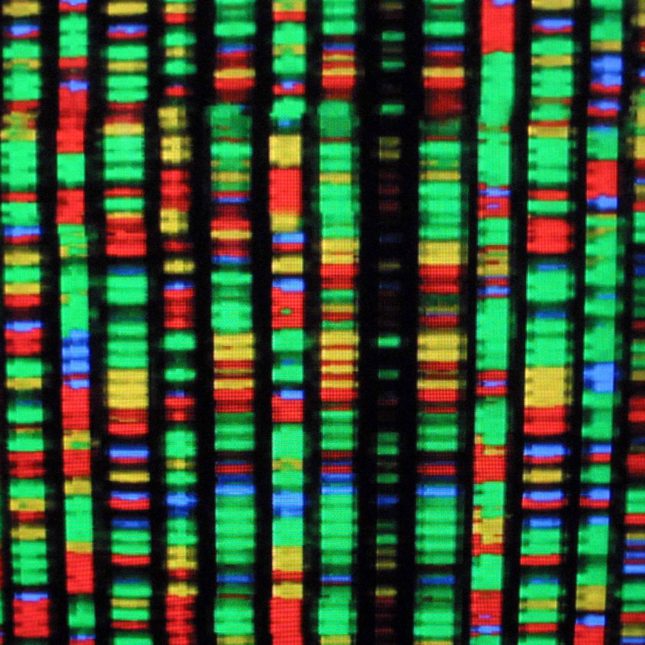
The Human Genome Project was among the most ambitious scientific efforts in modern history, with the aim of deciphering the chemical makeup of the entire human genetic code.
The sequence of some 3 billion DNA base pairs that comprise our genome was supposed to be a mosaic, assembled from multiple anonymous people to protect the identity of the volunteer donors. But that’s not how it turned out: One individual’s DNA accounted for the vast majority of the genome when a first draft was released in 2001.
The story of how that happened, and its ethical implications, has largely gone untold. To piece together this history, Undark examined more than 100 emails, letters, and other documents, and interviewed many of the project’s central figures.
Here are five key takeaways:
- The sourcing of human DNA was more ethically fraught than the project’s landmark 2001 Nature paper portrayed it to be. The full genetic sequence was constructed not only from anonymously sourced donors, but also from non-anonymous donors — including one of the project’s own scientists — and from tissue harvested from a cadaver.
- The project derived more than 70% of its published sequence from a single anonymous male donor, known as RP11 and thought to be of African American descent. This happened despite consent form language suggesting to donors that their DNA would constitute no more than 10 percent of the sequence, as a protective measure. Project leaders did not inform RP11 of the change.
- Scientists and administrators involved in the project gave competing justifications for the pivot from a mosaic approach to one focused on a single donor. Some attributed it to technical difficulties of combining genetic sequences of multiple people, while others cited the pressure to beat a private-sector rival, Celera Genomics, in a race to complete the genome.
- Legal and ethics experts found the project’s handling of donor sourcing and consent concerning. One expert described them as exemplifying a long history of deceptions that have contributed to a lack of trust in the research enterprise, especially in minoritized communities.
- The genetic sequence that emerged from the human genome project is still widely used today as a reference genome to support clinical practice and research. Although the sequence has been revised over the years, RP11 remains its centerpiece, still constituting more than 70% of the most commonly used versions.
To submit a correction request, please visit our Contact Us page.











STAT encourages you to share your voice. We welcome your commentary, criticism, and expertise on our subscriber-only platform, STAT+ Connect